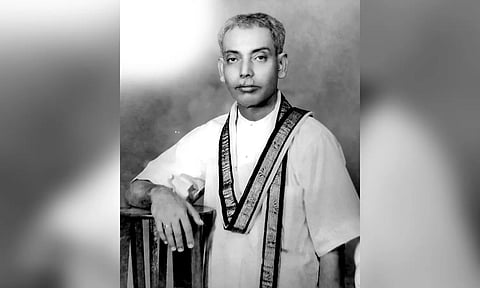

CHENNAI: Calendar art popularised the concept of printing paintings. In the 1950s, businesses in cities such as Madurai, Virudhunagar, and Madras began printing their advertisements on calendars, which were then distributed for free during festive seasons to increase their brand image among the public. Calendars featuring deities and religious figures gained popularity and were often referred to as folk art or bazaar art. C Kondiah Raju, a prolific calendar artist from Kovilpatti, and his students played a significant role in the calendar presses of Sivakasi. The geographical proximity of Kovilpatti to Sivakasi was also a contributing factor.
Recently, the families of Kondiah Raju’s students celebrated the 125th birthday of the artist at Chithiraalayam Art Gallery. KR Jayakumar from the gallery stated, “Kondiah Raju, particularly from 1957 to 1965, focused on portraying ‘Muruga Puma’ and local female deities in his paintings. The worship of local female deities is a significant aspect of Indian religious traditions, and artists often portray them in various artistic forms, reflecting the devotion and cultural significance associated with these goddesses. The depictions of local female deities in Indian art, including paintings and sculptures, often showcase the divine attributes and mythological stories associated with each goddess.” A few of Kondiah Raju’s students were TS Subbiah, M Ramalingam, and TS Arunachalam.
“Dedication and artistic contributions of Kondiah Raju’s students have left a lasting mark on the world of calendar art, enriching the cultural and spiritual experiences of countless individuals. Copies of these artworks have been collected by various individuals and institutions, such as Daniel Smith at Syracuse University and Stephen R Inglis, a Canadian scholar of South Asian art,” he added.